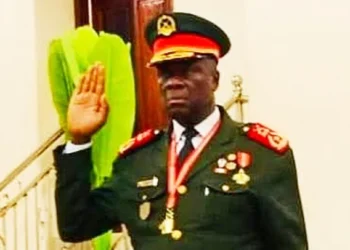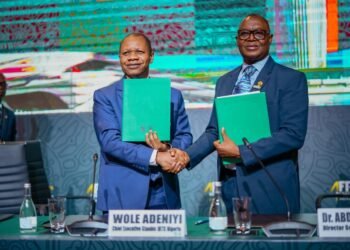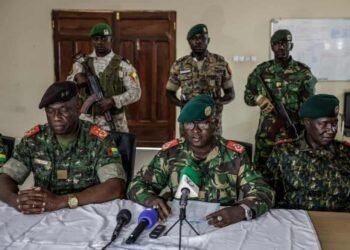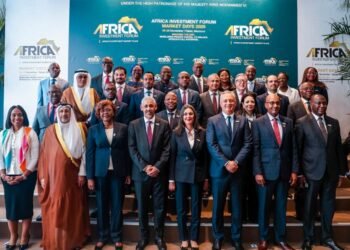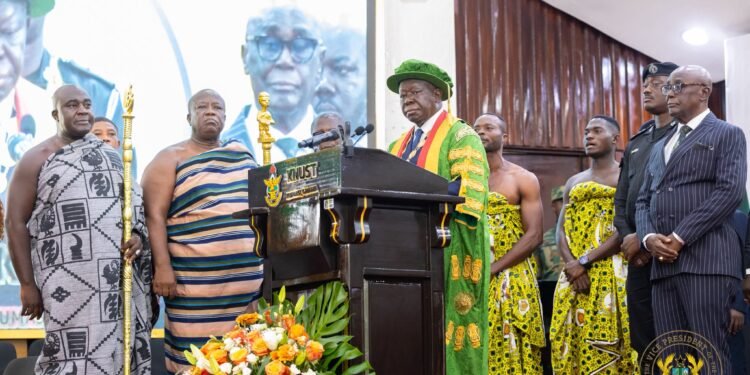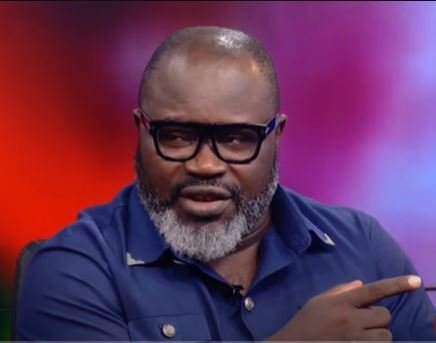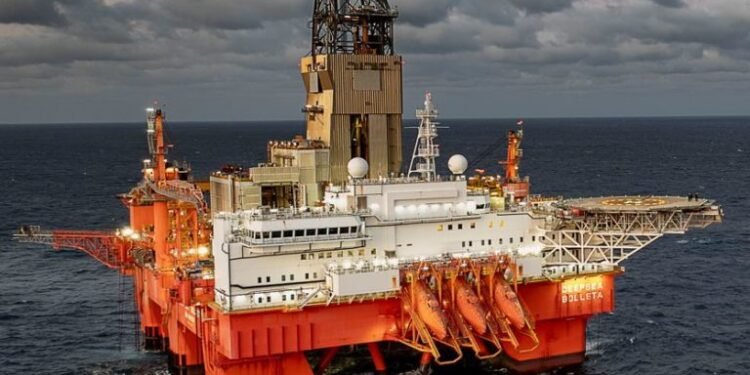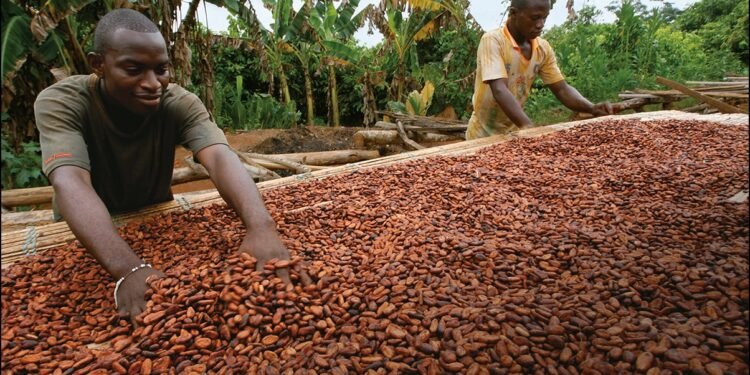Congo and Rwanda have agreed to sign a long-anticipated peace agreement on June 27 in Washington, a major diplomatic step aimed at ending years of fighting in eastern Democratic Republic of Congo.
The deal, jointly announced by both nations and the U.S. State Department, marks a potential turning point in a region ravaged by one of the world’s most complex and long-standing armed conflicts.
The agreement, finalized after months of high-level mediation, outlines terms aimed at de-escalating the violence and stabilizing the mineral-rich borderlands where armed groups have operated for decades.
According to a joint statement, the draft treaty includes “provisions on respect for territorial integrity and a prohibition of hostilities; disengagement, disarmament, and conditional integration of non-state armed groups.”
The eastern region of Congo has been plagued by militia violence for years, with Congolese officials accusing Rwanda of actively supporting M23, one of the most powerful and organized rebel factions. The United Nations has backed these claims, reporting that M23 has been reinforced by approximately 4,000 troops from Rwanda, a charge Kigali continues to deny.
Tensions surged earlier this year when M23 fighters seized control of Goma in January, followed by Bukavu in February, both strategic urban centers. These developments escalated the humanitarian crisis, with more than 7 million people now displaced due to the conflict.
Despite previous peace efforts, including those brokered by Qatar, negotiations between the two countries had largely reached a deadlock. The new deal, scheduled for formal signing in the U.S. capital, seeks to revive diplomatic momentum by establishing frameworks for mutual cooperation and rebel disarmament.
AU Reinforces Regional Mediation Efforts
While international actors have played a significant role in this latest agreement, the African Union (AU) has also maintained pressure to bring both sides back to the negotiating table.
Through its Peace and Security Council, the AU has consistently condemned the ongoing violence and called for “an immediate and unconditional ceasefire, the withdrawal of foreign forces, and adherence to existing peace agreements.”
Central to this continental effort is the Luanda Process, led by Angolan President João Manuel Lourenço, the AU’s Champion for Peace and Reconciliation. His mediation work has run parallel to initiatives like the Nairobi Process and included collaboration with the East African Community (EAC), Southern African Development Community (SADC), and the International Conference on the Great Lakes Region (ICGLR).
In April 2025, the AU reaffirmed its commitment by appointing Togolese President Faure Essozimna Gnassingbé as a special envoy to ensure continuity in the reconciliation process. The African Union has also supported the deployment of regional stabilization forces like SAMIDRC, with the mandate to protect civilians and disarm rogue militias.
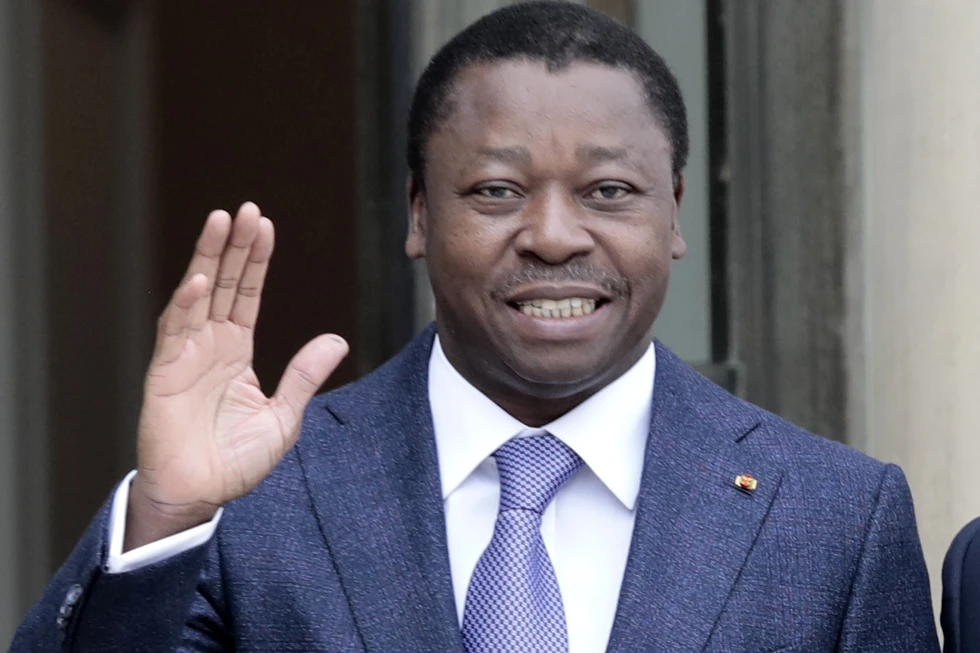
M23 remains one of roughly 100 armed groups operating in the eastern part of Congo, a region long coveted for its valuable resources, including gold, coltan, and rare earth minerals. Though this conflict is decades-old, the latest diplomatic breakthrough offers cautious optimism for a path to peace.
“This agreement signifies a renewed commitment to ending hostilities and securing lasting peace in the region,” said an AU official involved in the mediation.
As the June 27 signing approaches, all eyes will be on Washington, where Congo and Rwanda are expected to formalize their commitment to cease hostilities and begin the arduous process of regional recovery.
READ ALSO: Mahama Charts Strategic Alignment, Shares Vision at Ghana-EU Economic Forum




